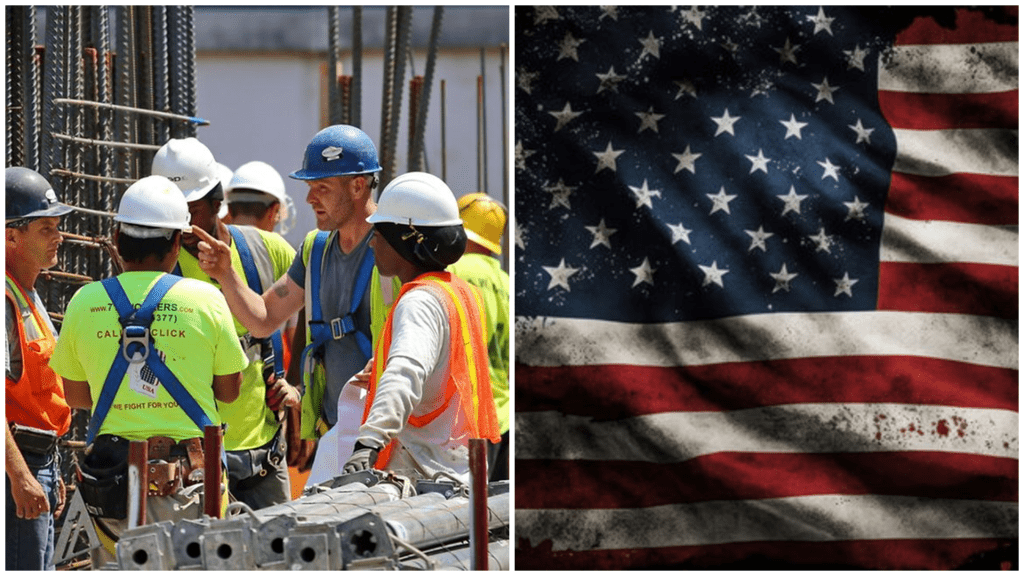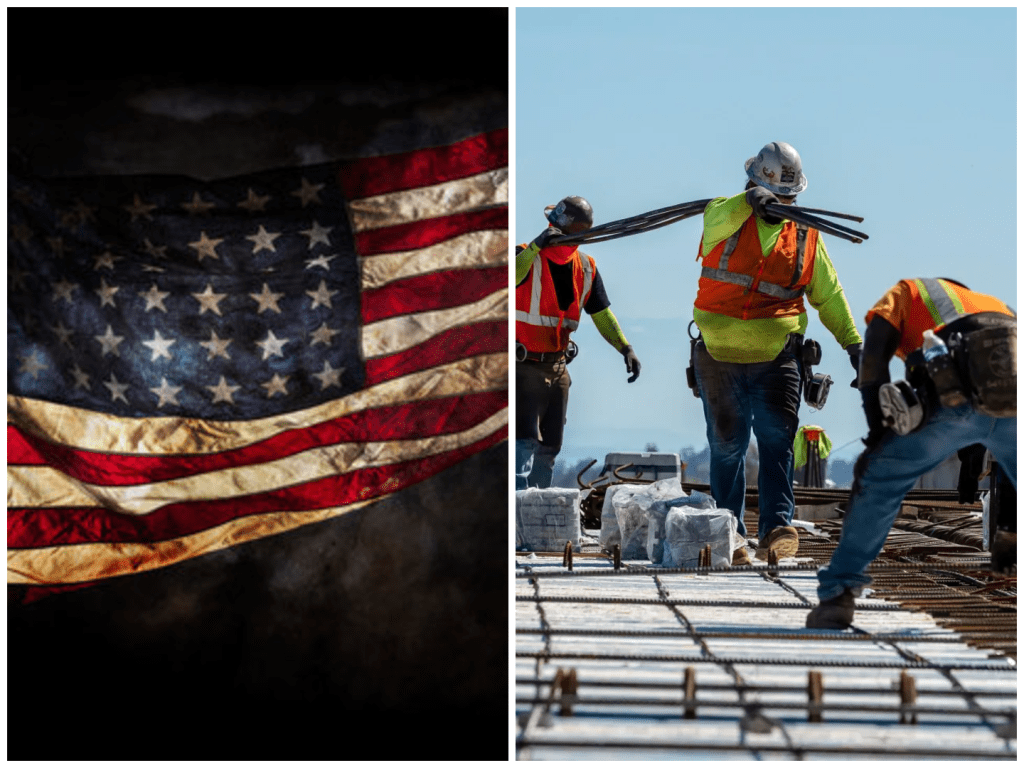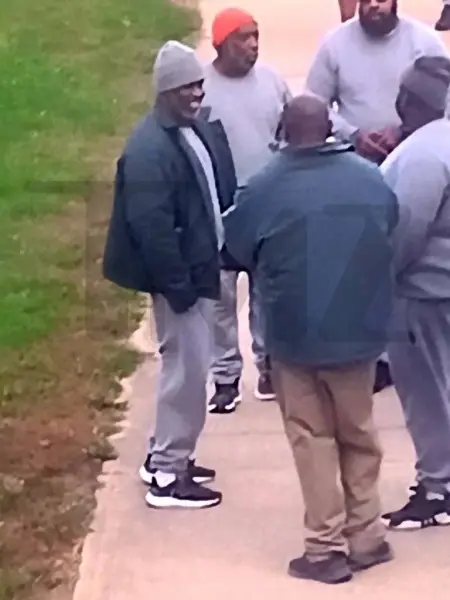
A Halt in Immigration Could Cost the U.S. More Than Just Labor—Get Ready for a Federal Reserve Headache
Alright, let’s dig in. Picture the U.S. labor market like a slowly churning engine. It needs fuel—people—to keep humming. But now, that fuel is drying up. According to Barclays, immigration—especially humanitarian cases—has almost ground to a halt, and deportations are around 10,000 each month. At the same time, America’s workforce is getting older. All this adds up to a serious risk: U.S. job creation is slowing down sharply.
Just think about it: over the past couple of years, the U.S. added about 180,000 private-sector jobs each month—most were thanks to migrant workers. But Barclays estimates that could fall to barely 60,000 in six months, and plunge under 10,000 a month by late 2026. That’s a dramatic shift.
And when jobs slow down, GDP follows. Barclays predicts growth could slip from over 2% to just 1.4–1.6%. That’s not just numbers—it’s slower economic life. People think twice before buying a new car, moving, or spending on a vacation.
For the Federal Reserve, this is tricky. On one hand, a weaker job market could mean slow wage growth—good for fighting inflation. But on the other, a tight labor force can drive wages up if employers compete for fewer workers. Mixed signals at a time when some Fed officials (like Michelle Bowman and Christopher Waller) want rate cuts, while others warn that inflation might stay sticky.
Imagine being at a buffet with a plateful of options but told you can only have one or two. That’s where the Fed is—trying to balance jobs, inflation, and growth, with fewer workers entering the market.
What’s at Stake—and What Could Happen Next
So why is this a big deal for everyone from retirees to business owners?
- Wages and Inflation
If the labor pool shrinks, companies may raise wages to attract workers—which might sound good. But it also risks fueling inflation, especially if the Fed doesn’t act swiftly. One Fed policymaker told Reuters that wage pressure worries are growing. - Economic Growth Takes a Hit
Falling job growth means fewer people earning, spending, and investing. GDP growth falling to 1.4–1.6% is a marked downshift. That’s fewer business expansions, slower retail sales, and potential risk of a mild recession. - Fed Policy Gets Messier
The Fed recently held rates steady at 4.25–4.50%, while signaling possible cuts later this year. But with fewer workers, the classic unemployment-inflation balance becomes more elusive. Some officials want to cut interest rates soon; others are holding back. - Immigration and Demographic Challenges
The ripple effects go beyond money. Less immigration could mean fewer new entrepreneurs, slower innovation, and strained social services as the population ages. - Global Ties and Trade Policy
Keeping immigration low is just one part. At the same time, trade wars and tariffs are rattling businesses. If companies can’t hire or find materials easily, they might delay hiring or expansion—even if they want to.
Real-Life Stories Behind the Numbers
Let me tell you about Maria, a produce farmworker in Florida. A decade ago, she came to the U.S., filling one of those jobs migrant workers hold—without her, the farm couldn’t operate. Now, with declining immigration, farm owners are struggling to find help. They’re paying more and working longer hours just to keep fields from rotting. That’s inflation on your plate, literally.
Then there’s Sam, a software developer in Austin. His company used to hire junior developers from abroad. But now, with fewer coming to the U.S., they’re desperate. Junior salaries are climbing faster than before. Firms are now paying more to retain workers—another wage pressure that nudges costs upward.
Finally, take a look at someone like Linda, a retiree in Ohio. Her Social Security isn’t growing much, and investment returns are shrinking with rate cuts underway. If the economy slows more, her prescriptions might become harder to fill. It all connects—from policy to paycheck.
What Could Happen Next — The Fork in the Road
- Immigration reforms or relaxations could bring new workers back, easing the crunch and calming inflation worries.
- No change means lower job growth, slower GDP, and more pressure on the Fed to act carefully.
- Tight labor + strong wage growth might tip inflation higher, forcing the Fed to delay or even raise rates.
Keeping watch on Fed meetings and labor reports becomes critical. For ordinary folks, this is about the cost of living, savings growth, and economic security. For businesses, it’s about planning, staffing, and investment.


